Anarchronism
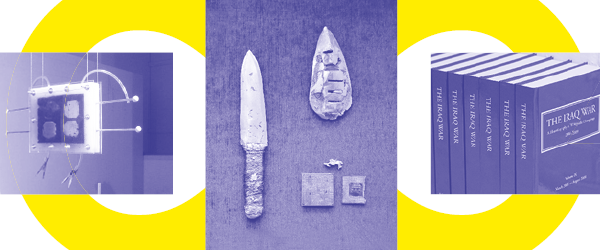
Time-disrupting machines
Anarchronism is a proposal to approach contemporary practices through a portmanteau word that might bring some confusion: the error, deliberate or not, of the anachronism meets the chaos and autonomy of anarchy/ism. The compression of the two words allows us to comprehend artworks that are themselves the results of compressions, suggesting temporal bifurcations materialised by artefacts that are difficult to date.
Notions such as media archaeology, retro-futurism, retromania, neo-analogue or post-internet put at stake time, technology and memory. Anarchronism belongs to the same constellation of concepts, without being the exact equivalent of any of those. This idea, and the resulting artworks, create situations that ruthlessly reconfigure the relations between digital and analogue, vernacular and retro, innovation and obsolescence, mass media and DIY approach to hardware, software and protocols.
The exhibition deals with the interactions between digital and memory; digital technology has been advertised as an everlasting mean to access data, but didn't fulfil its mission. Some artists shake it up conceptually and aesthetically by capturing flux, disrupting time scales and creating new ways to encode, decode and to lose information.
Each presented work modifies, in its own way, the operating modes of the successive strata of digital and analogue technologies: the invention of a new long-term storage media in "1.8s", or of new ways of encoding and decoding information in "SKOR Codex"; the return to less common uses of mass media (the audio cassette as a storage for code), mixed with contemporary elements in "LogForData"; the creation of new ways to read existing media, like the "REMAP" plotter reading a magnetic tape.
Another approach is to materialise digital information: the history of a Wikipedia page becomes a paper encyclopedia in "The Iraq War: A History of Wikipedia Changelogs"; a mp3 recording of the growl of a highly endangered Pyrenean brown bear is carved into the granite stele of "Stèle binaire"; in "Hexen 2.0", the interlinked history of technologies and ideas appears both as diagrams and tarot cards. "The Weise7 in/compatible Laboratorium Archive" takes the opposite approach: the analogue form is dematerialised, through a wireless server hidden inside a book. Materiality is also a key aspect of "Copies non conformes", going back and forth between digital and analogue in a recursive process of printing and scanning.
Finally, some of the exhibited artworks offer a change of perspective: by exploring forms of earth-based computation and programming, "Sketches for an earth computer" transforms the place of human in technology; "Refonte" suggests a prehistory of the future by transforming e-waste into rudimentary weapons; finally, in "Trace I", the perspective literally changes through the mechanical scan of a bust.
Artists: Cécile Babiole (FR), projectsinge (FR/BE), Balint Bolygo (HU/UK), James Bridle (UK), Collectif Dardex (FR), David Guez (FR), Martin Howse (UK/DE), Flo Kaufmann (CH), Signal to Noise (UK), Société Anonyme (NL), Suzanne Treister (UK) en Weise 7 (DE).
Praktische Info
Exhibition:
15 May - 14 June 2015
Wednesday - Sunday, 13:00 - 18:00
Finissage & performances:
Sunday 14 June
19:30 - 22:30
Free admission!
Group visits
02 410 30 93
info@imal.org
Location: iMAL
30 Quai des Charbonnages / Koolmijnenkaai
1080 Brussels
Media Galerij <>
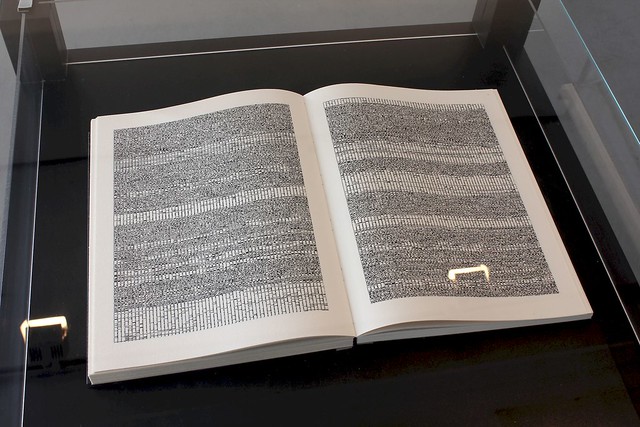
Société Anonyme: SKOR Codex. View on Flickr 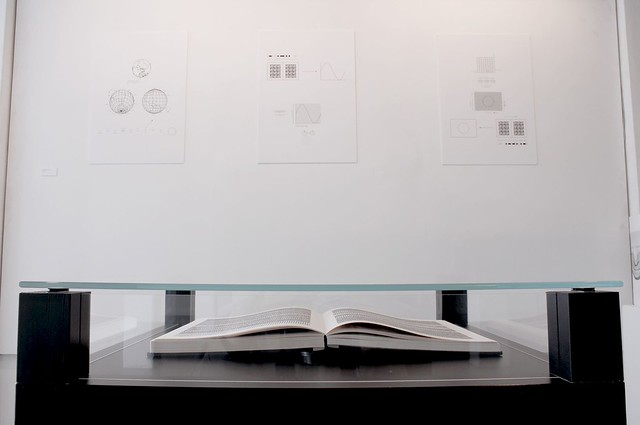
Société Anonyme: SKOR Codex. View on Flickr 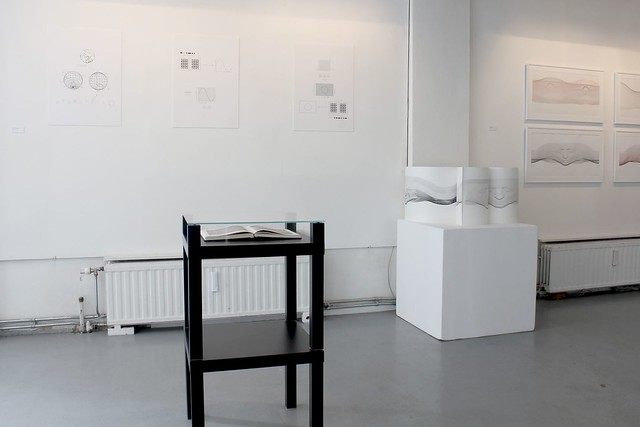
Société Anonyme: SKOR Codex. View on Flickr 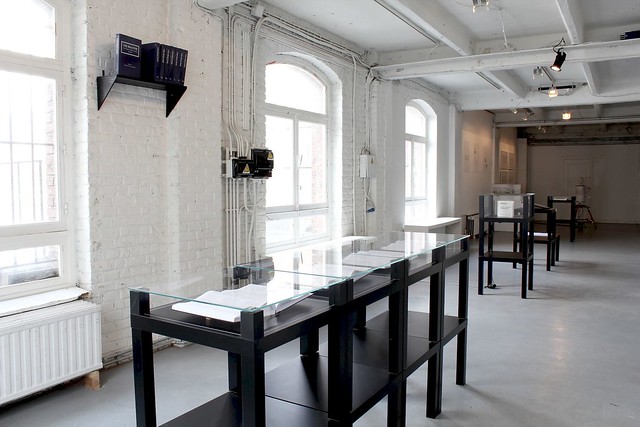
James Bridle: The Iraq War: A History of Wikipedia Changelogs. View on Flickr 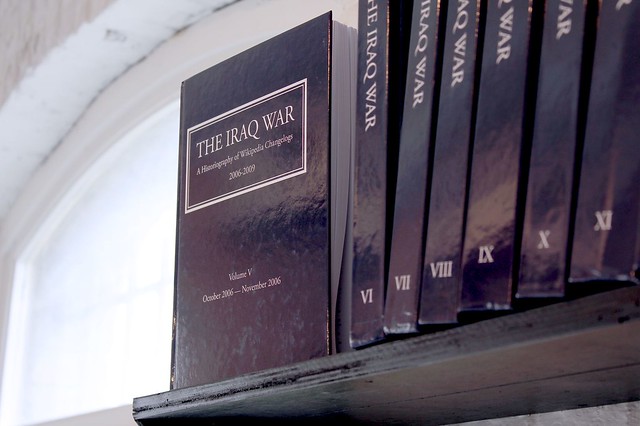
James Bridle: The Iraq War: A History of Wikipedia Changelogs. View on Flickr 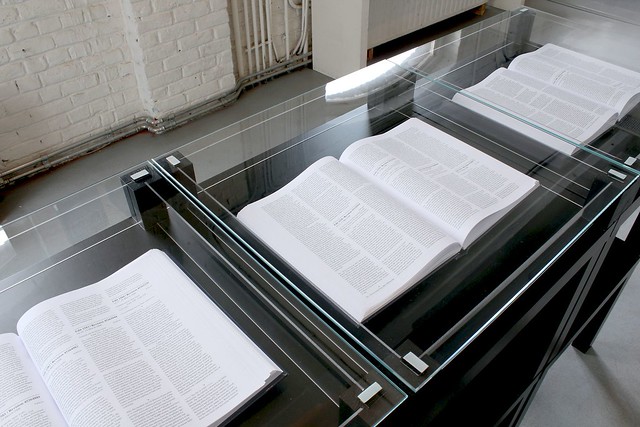
James Bridle: The Iraq War: A History of Wikipedia Changelogs. View on Flickr 
Cécile Babiole: Copies Non Conformes. View on Flickr 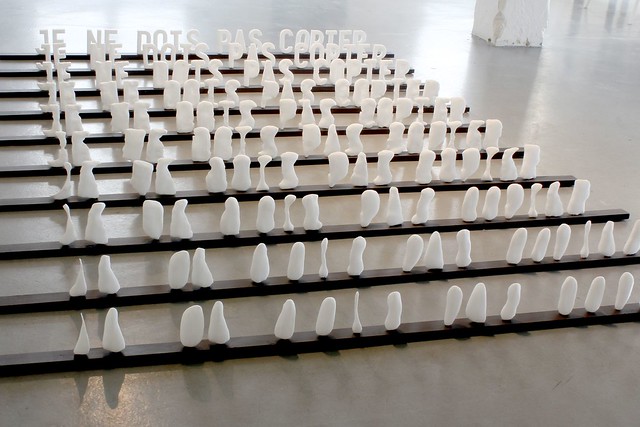
Cécile Babiole: Copies Non Conformes. View on Flickr 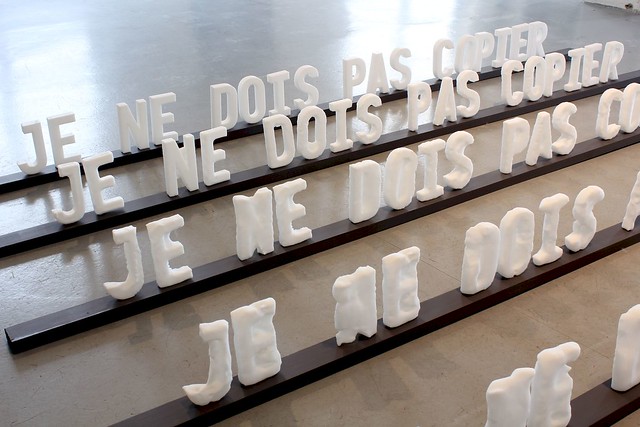
Cécile Babiole: Copies Non Conformes. View on Flickr 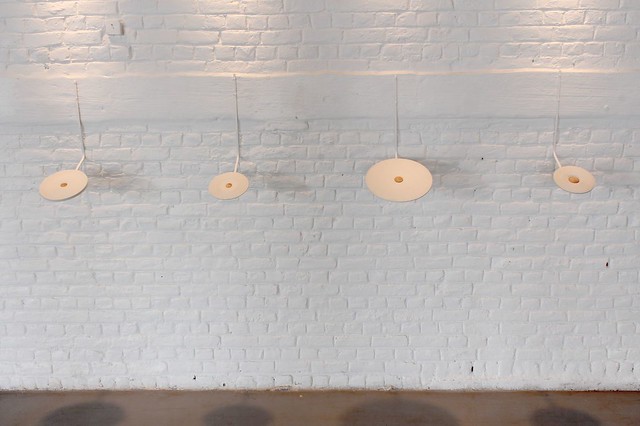
Flo Kaufmann: 1.8s. View on Flickr 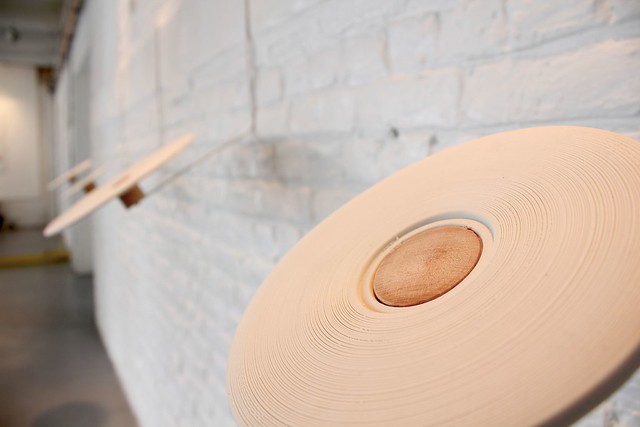
Flo Kaufmann: 1.8s. View on Flickr 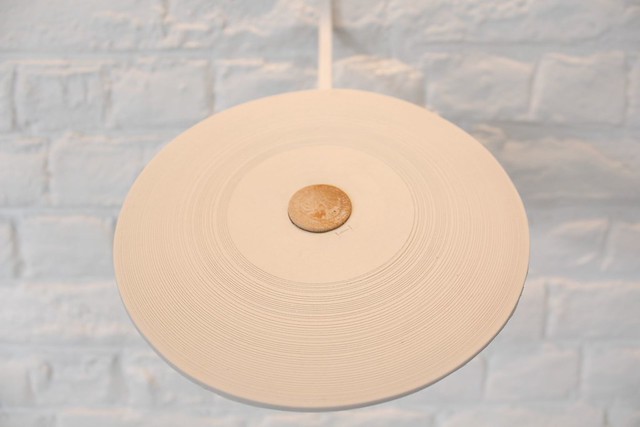
Flo Kaufmann: 1.8s. View on Flickr 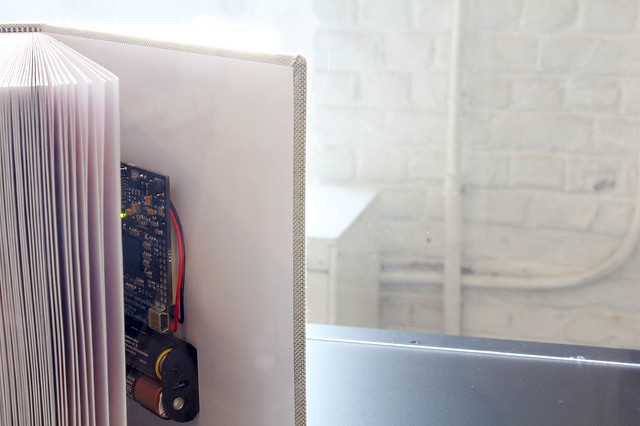
Weise Collective: The Weise7 in/compatible Laboratorium Archive. View on Flickr 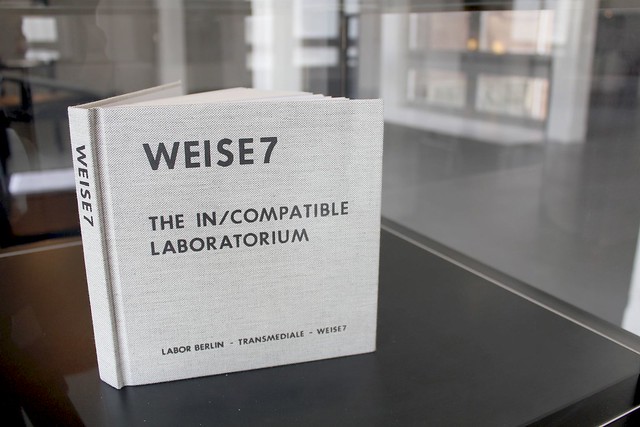
Weise Collective: The Weise7 in/compatible Laboratorium Archive. View on Flickr 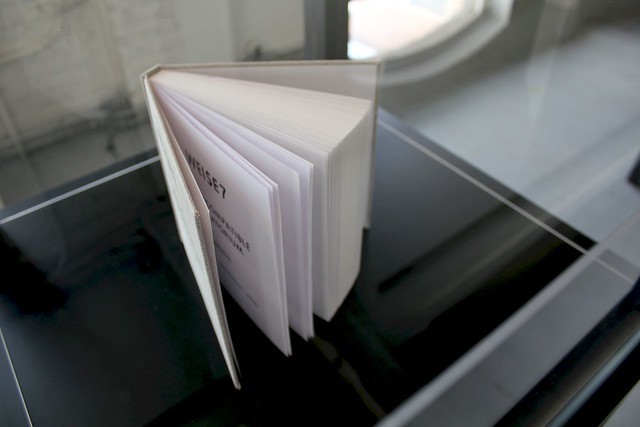
Weise Collective: The Weise7 in/compatible Laboratorium Archive. View on Flickr 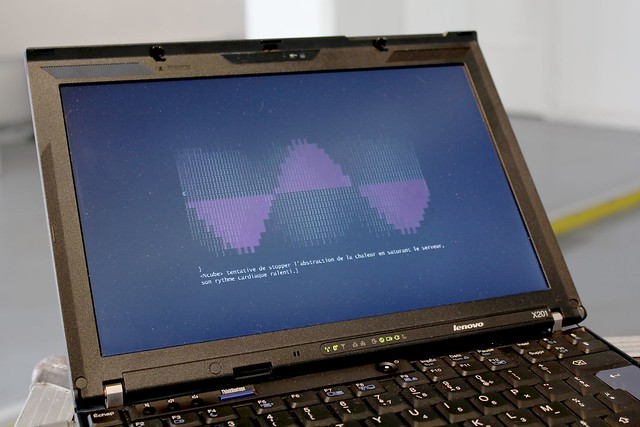
projectsinge: LogForData. View on Flickr 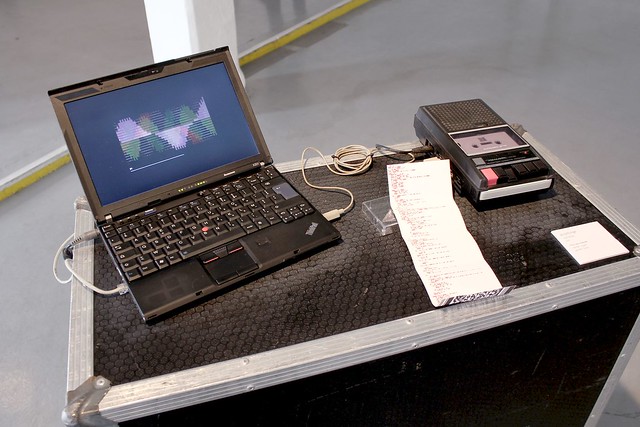
projectsinge: LogForData. View on Flickr 
Suzanne Treister: Hexen 2.0. View on Flickr 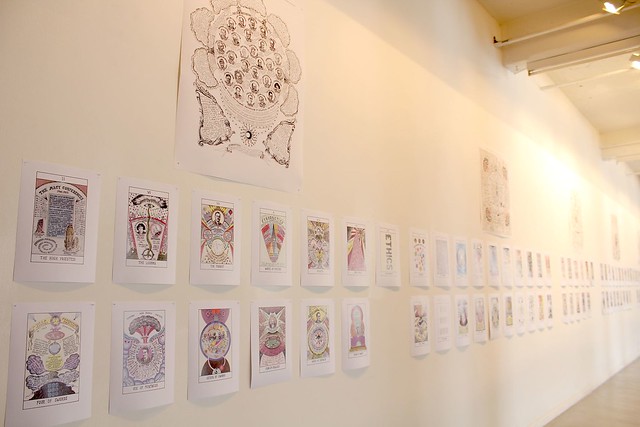
Suzanne Treister: Hexen 2.0. View on Flickr 
Suzanne Treister: Hexen 2.0. View on Flickr 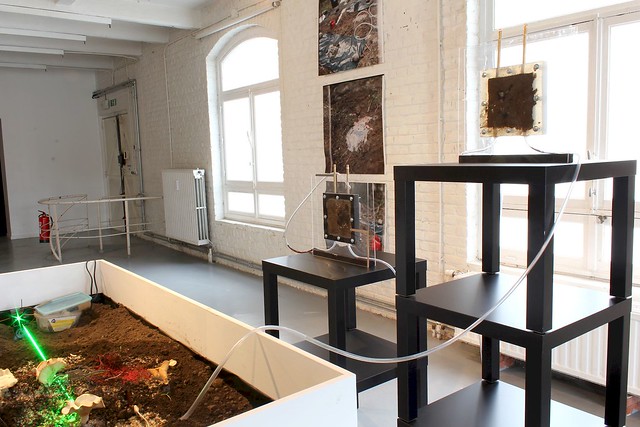
Martin Howse: Sketches for an earth computer. View on Flickr 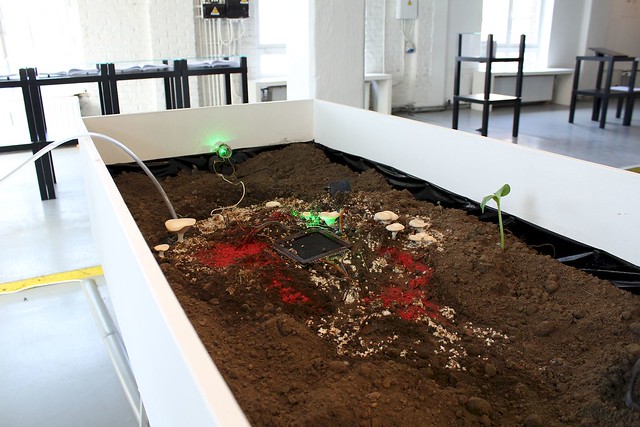
Martin Howse: Sketches for an earth computer. View on Flickr 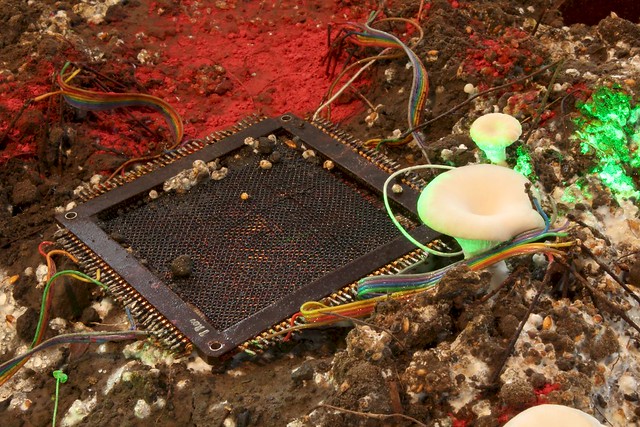
Martin Howse: Sketches for an earth computer. View on Flickr 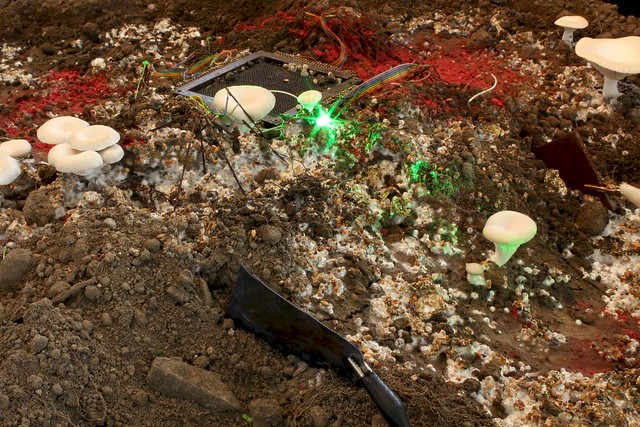
Martin Howse: Sketches for an earth computer. View on Flickr 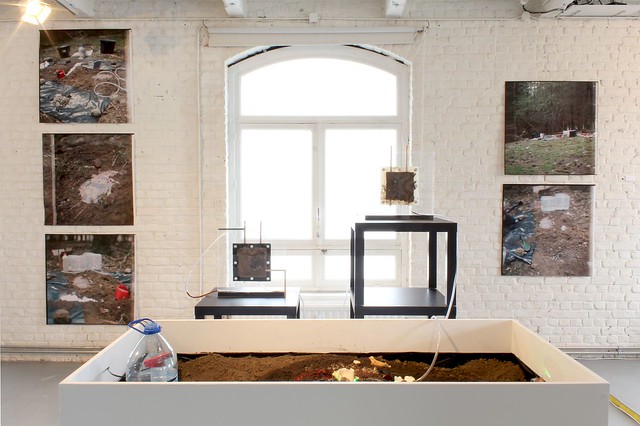
Martin Howse: Sketches for an earth computer. View on Flickr 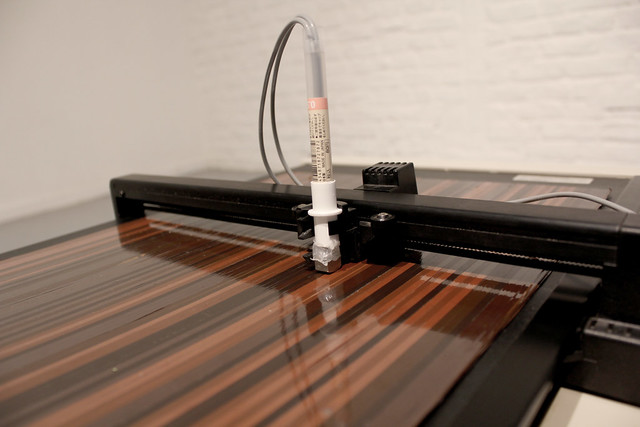
Signal to Noise: REMAP. View on Flickr 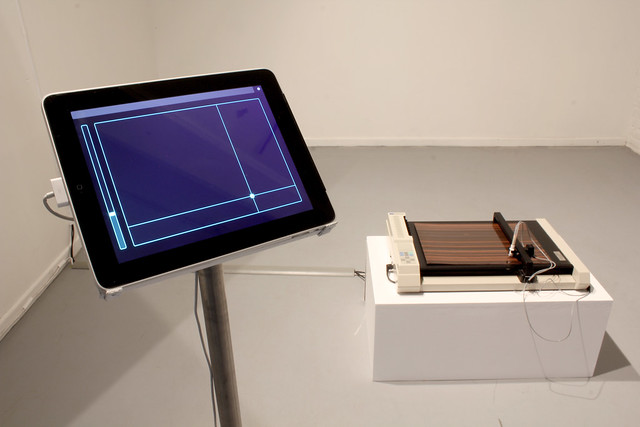
Signal to Noise: REMAP. View on Flickr 
Signal to Noise: REMAP. View on Flickr 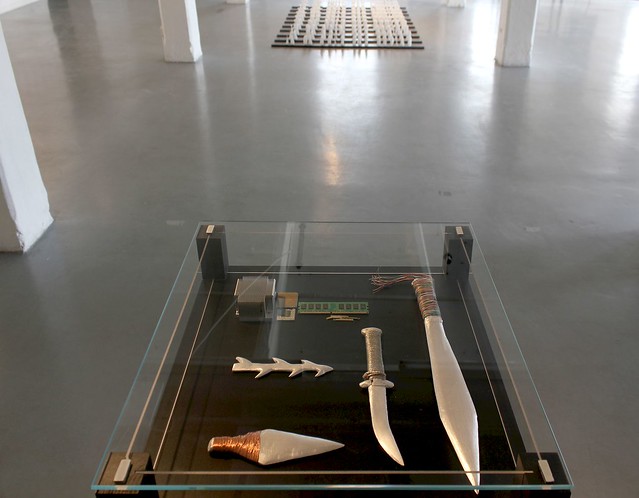
Collectif Dardex: Refonte. View on Flickr 
Collectif Dardex: Refonte. View on Flickr 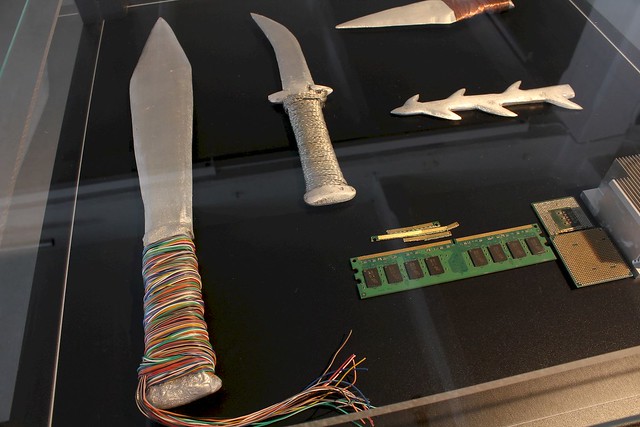
Collectif Dardex: Refonte. View on Flickr 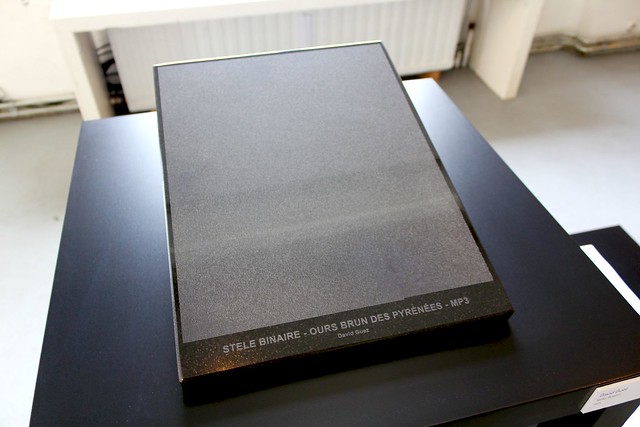
David Guez: Stèles Binaires. View on Flickr 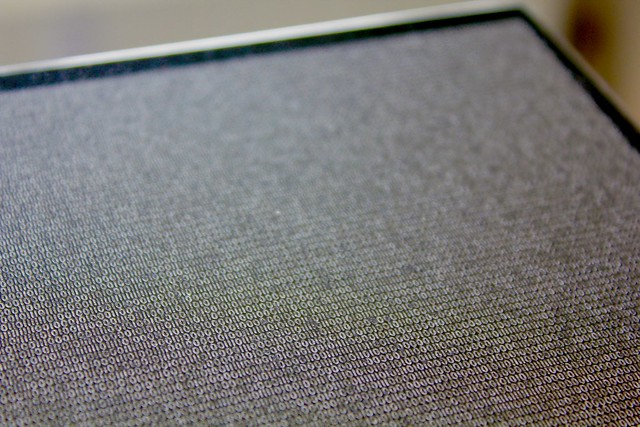
David Guez: Stèles Binaires. View on Flickr 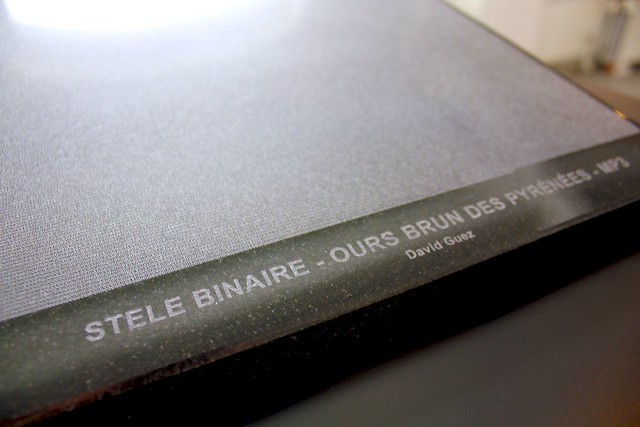
David Guez: Stèles Binaires. View on Flickr 
Balint Bolygo: Trace II. View on Flickr 
Balint Bolygo: Trace II. View on Flickr 
Balint Bolygo: Trace II. View on Flickr 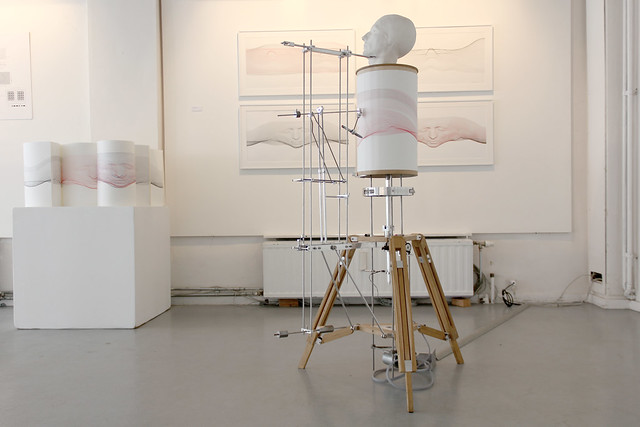
Balint Bolygo: Trace II. View on Flickr 
Balint Bolygo: Trace II. View on Flickr 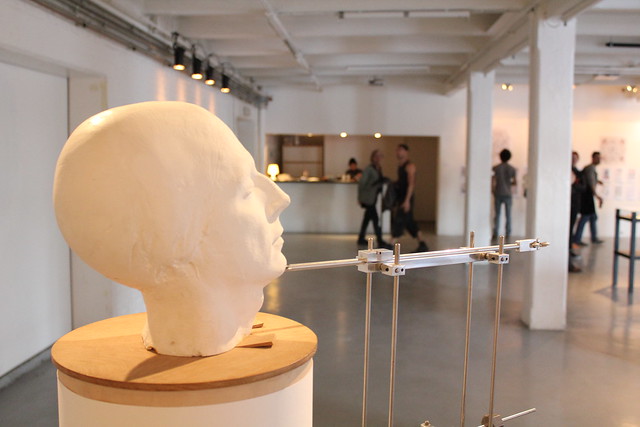
Anarchronism. View on Flickr 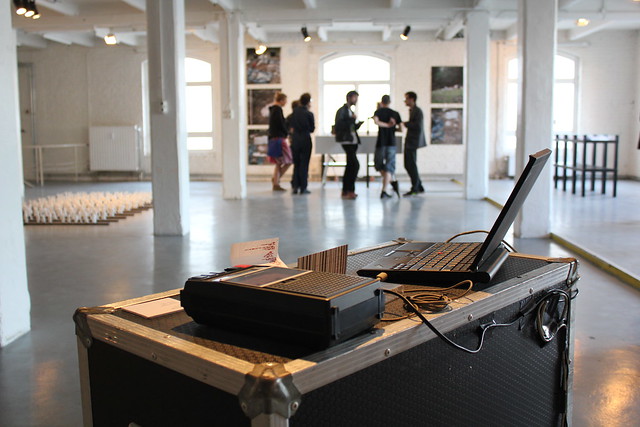
Anarchronism. View on Flickr 
Anarchronism. View on Flickr 
Anarchronism. View on Flickr 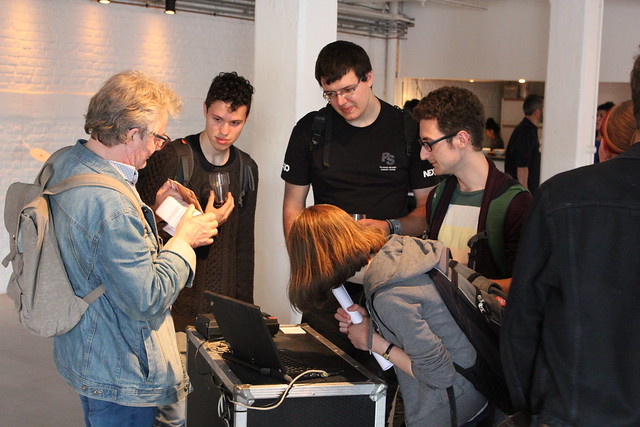
Anarchronism. View on Flickr 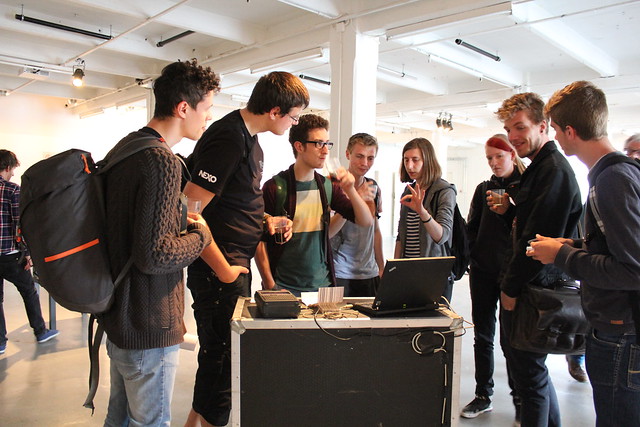
Anarchronism. View on Flickr 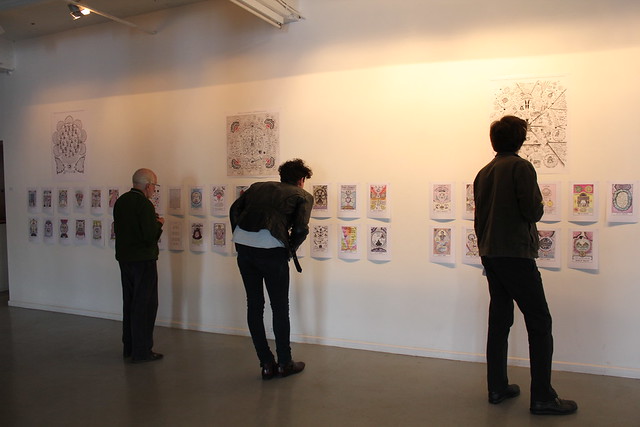
Anarchronism. View on Flickr 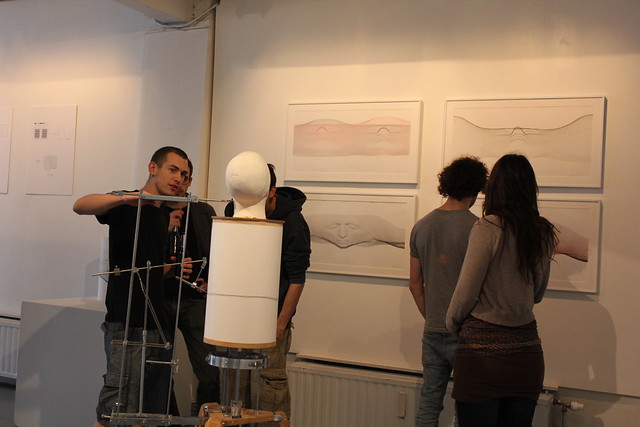
Anarchronism. View on Flickr 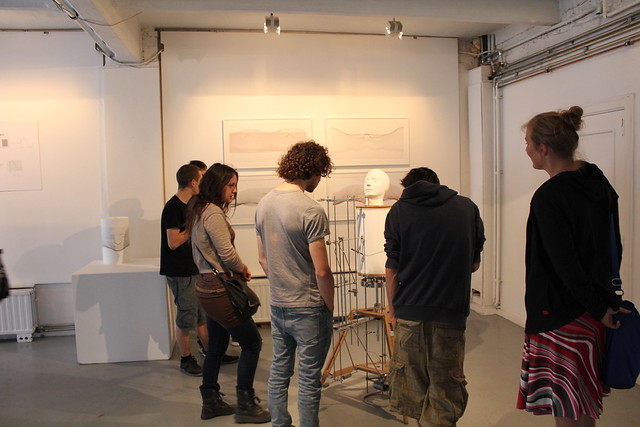
Anarchronism. View on Flickr 
Anarchronism. View on Flickr 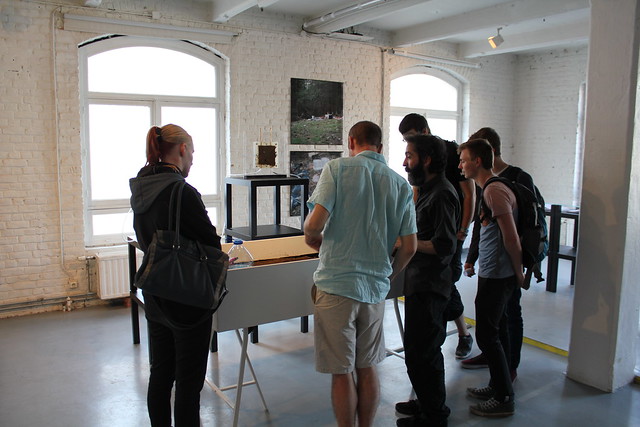
Anarchronism. View on Flickr 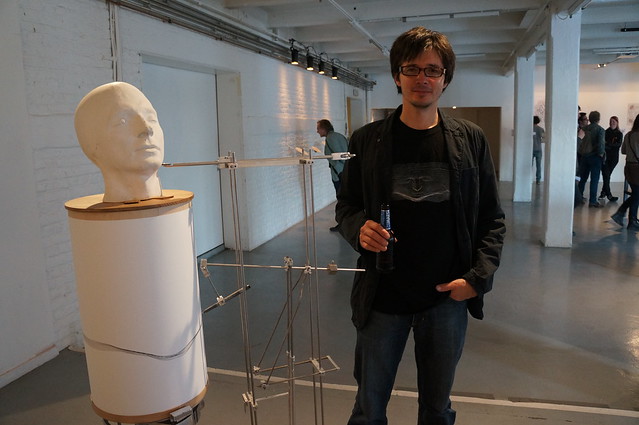
Anarchronism. View on Flickr 
Anarchronism. View on Flickr 
Anarchronism. View on Flickr 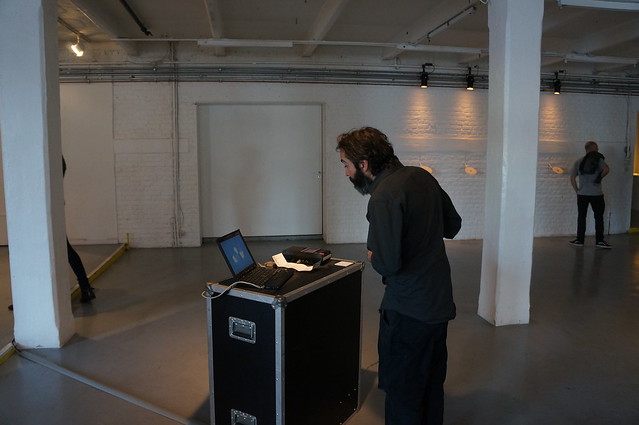
Anarchronism. View on Flickr 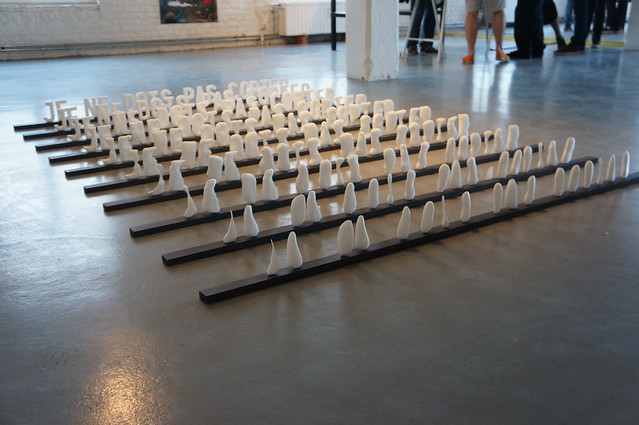
Anarchronism. View on Flickr 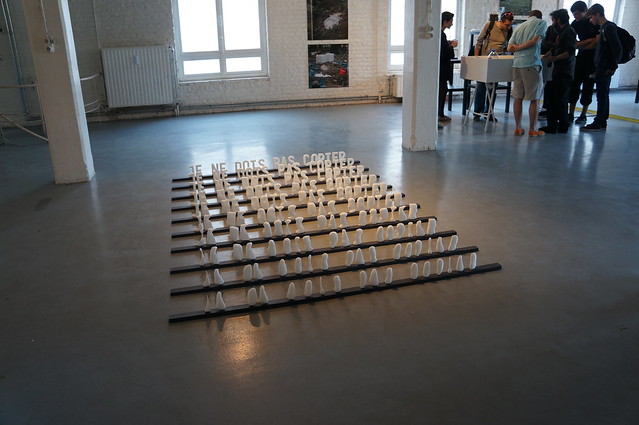
Anarchronism. View on Flickr 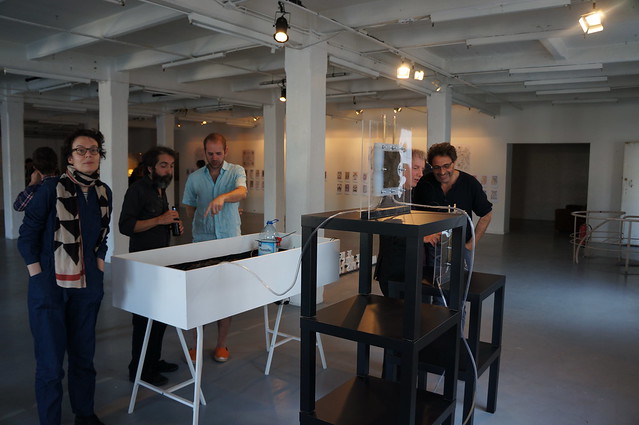
Anarchronism. View on Flickr 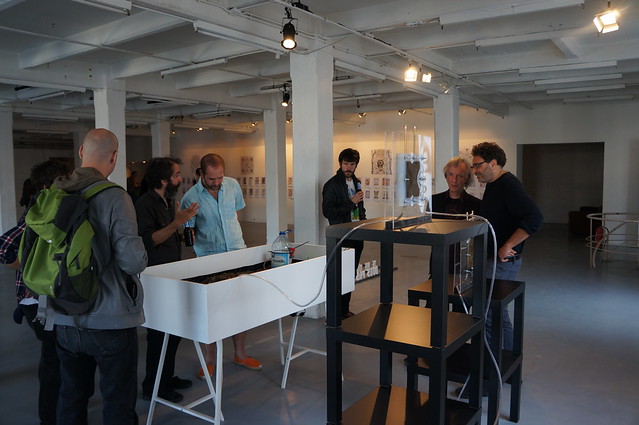
Anarchronism. View on Flickr 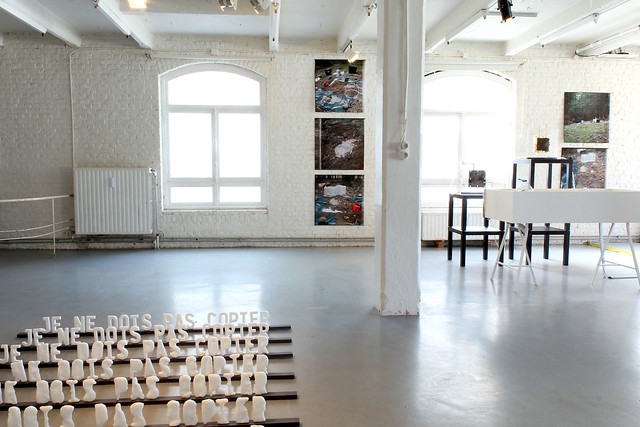
Anarchronism : Time-disrupting machines. View on Flickr 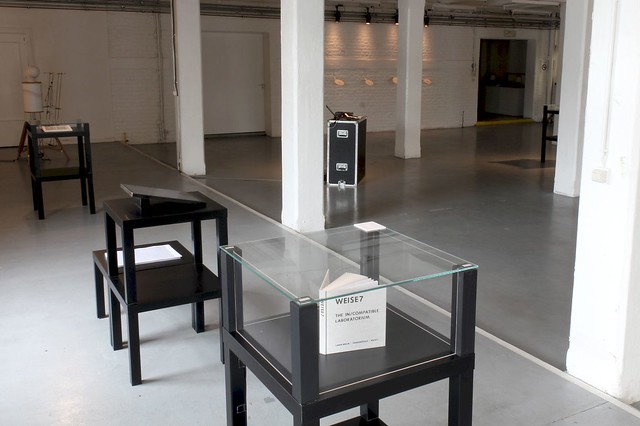
Anarchronism : Time-disrupting machines. View on Flickr 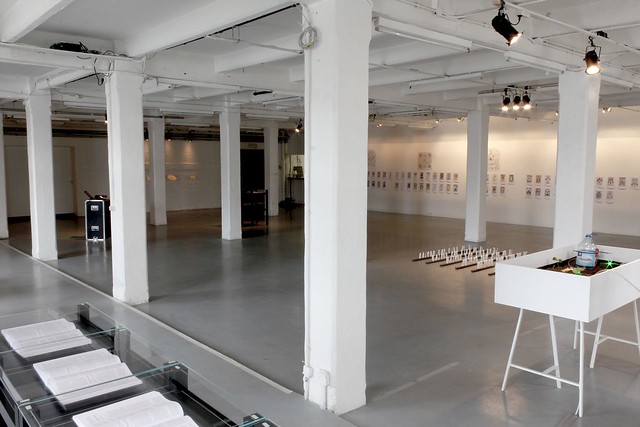
Anarchronism : Time-disrupting machines. View on Flickr 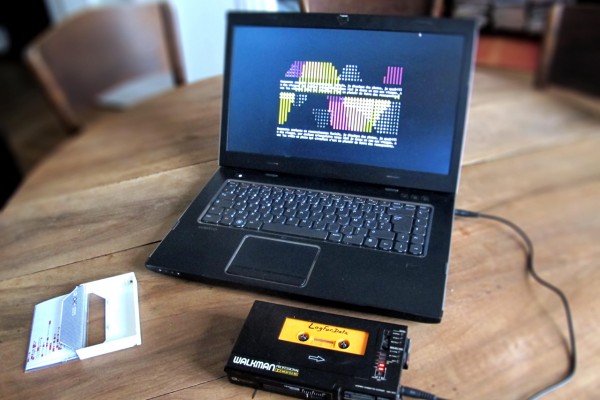
Jean-François Blanquet / Projet Singe - LogForData — Enlarge 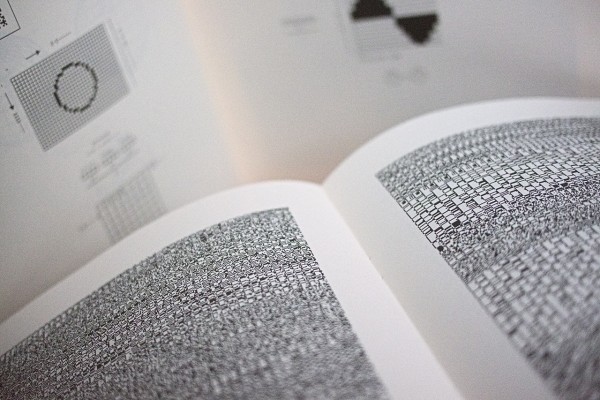
Société Anonyme : SKOR Codex — Enlarge 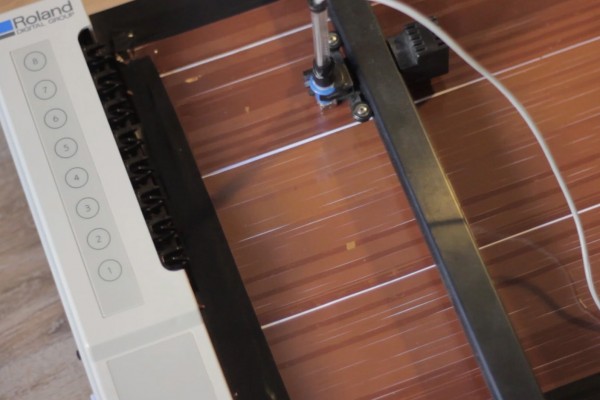
Signal to Noise - REMAP — Enlarge 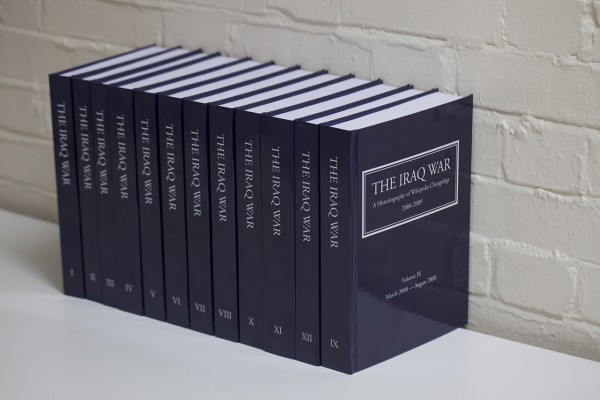
James Bridle : The Iraq War: A History of Wikipedia Changelogs — Enlarge 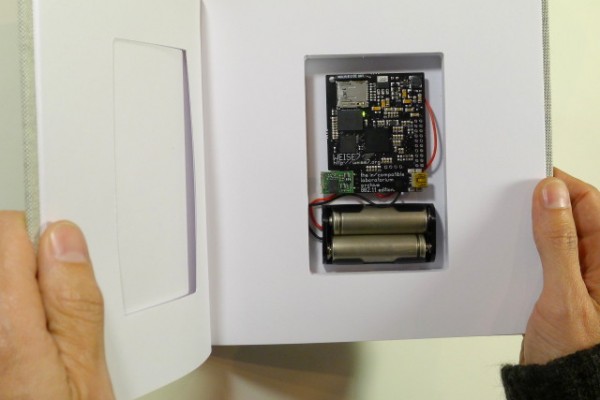
Weise Collective : The Weise7 in/compatible Laboratorium Archive — Enlarge 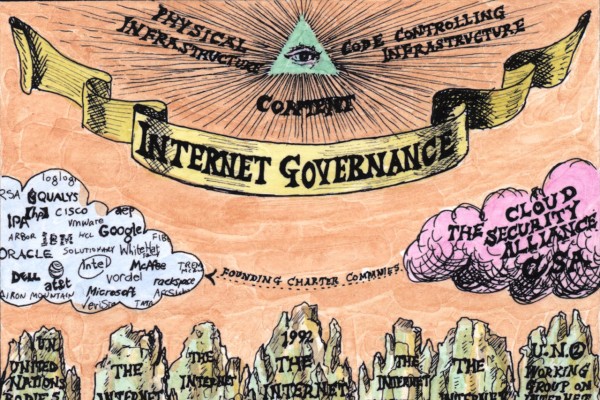
Suzanne Treister : Hexen 2.0 — Enlarge 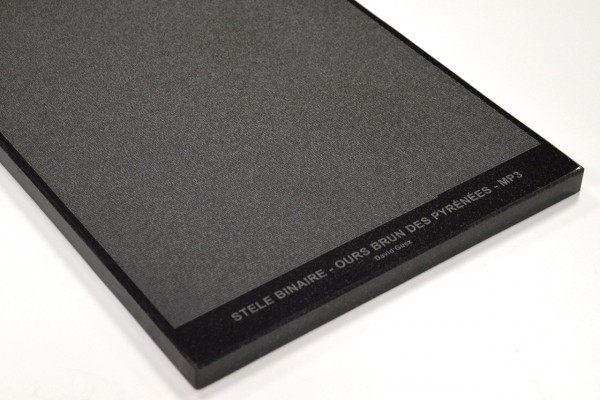
David Guez : Stèles Binaires — Enlarge 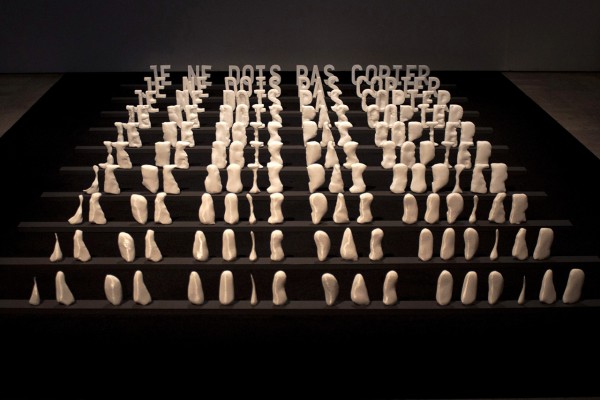
Cécile Babiole - Copies non conformes — Enlarge 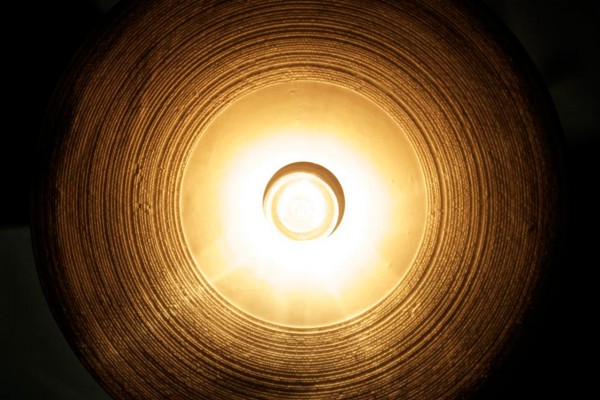
Flo Kaufmann — Enlarge 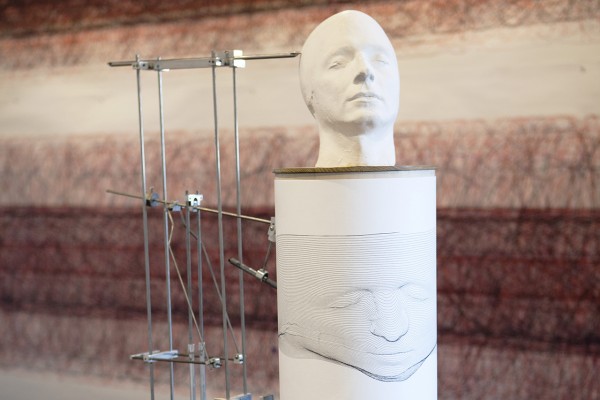
Balint Bolygo : Trace I — Enlarge
Credits
Anarchronism is curated by Anne Laforet and Yves Bernard (iMAL), on a proposal by Anne Laforet.
Anarchronism is part of a series of events produced by iMAL in 2015 on the topic of cultural heritage in the digital age. These exhibitions, lectures and workshops are organised in collaboration with PACKED, the Centre of Expertise in Digital Heritage.
Anne Laforet is a researcher, teacher, artist and critic. She has a PhD in information science. Her PhD thesis has been published in 2011, "Le net art au musée. Stratégies de conservation des œuvres en ligne" (éditions Questions théoriques). Her research fields include digital art preservation and documentation, anarchronism, articulations between digital and analog, internet, free software and collaborative artistic practices. Since 2011, she has been teaching at the Haute école des arts du Rhin in Strasbourg. More on http://www.sakasama.net/
Exhibition:
15 May - 14 June 2015
Wednesday - Sunday, 13:00 - 18:00
Finissage & performances:
Sunday 14 June
19:30 - 22:30
Free admission!
Group visits
02 410 30 93
info@imal.org
Location: iMAL
30 Quai des Charbonnages / Koolmijnenkaai
1080 Brussels
Een archief : 1999-2010-2019
Deze pagina is een archief van de iMAL website zoals die tussen 2010 en 2019 bestond. Alle activiteiten en projecten die sinds het begin in 1999 door iMAL georganiseerd zijn zijn hier gearchiveerd.
Het meest recente nieuws en activiteiten kan je terug vinden op onze nieuwe website: imal.org
